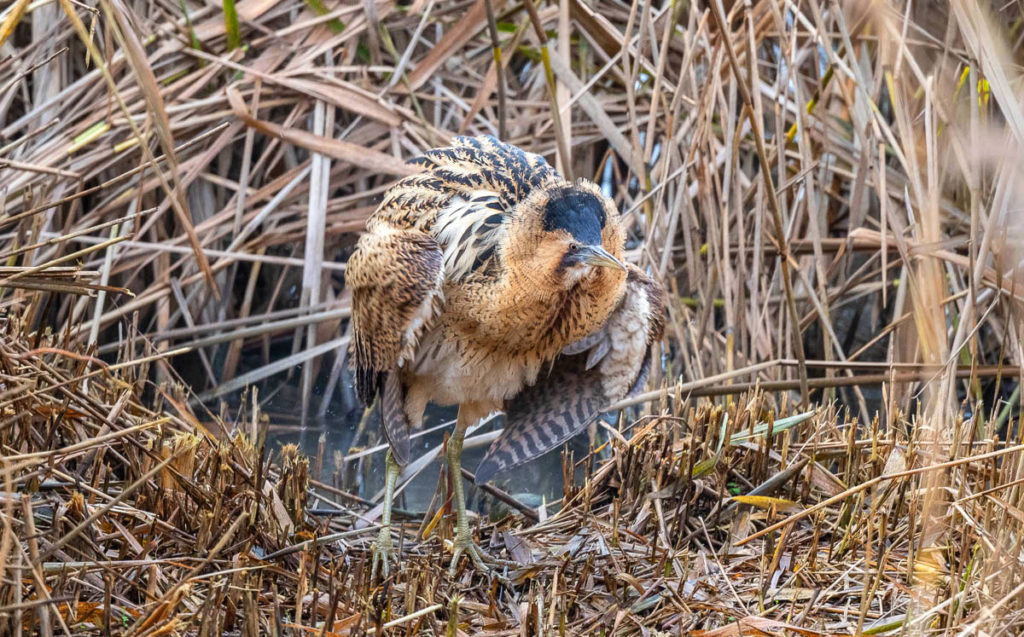
Last week I spent four full days at WWT Slimbridge. I hit a decent spell of weather too, days of hard frosts and unbroken blue skies, a rarity this last few weeks when the shortening days have appeared to close in earlier due to successions of low pressure systems bringing heavy rain.
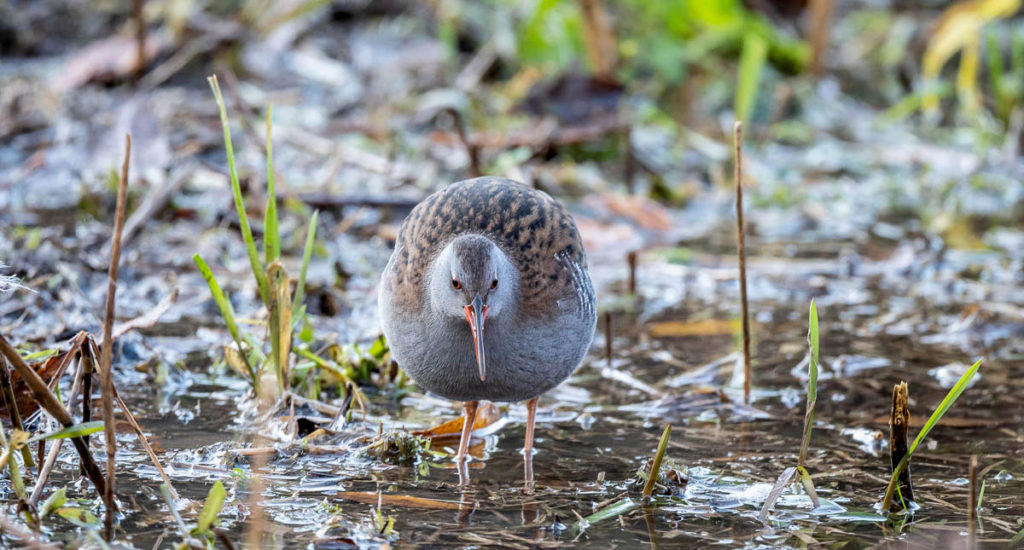
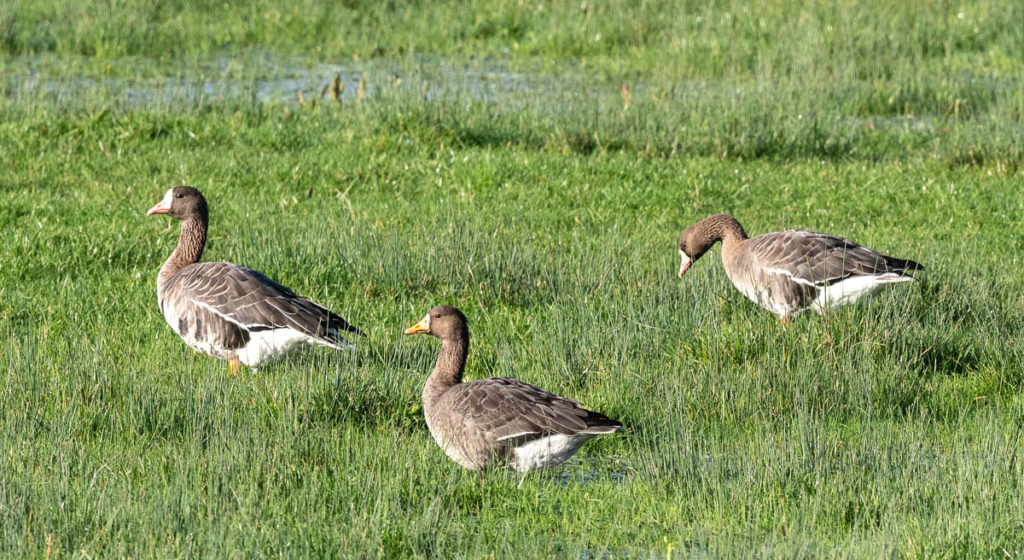
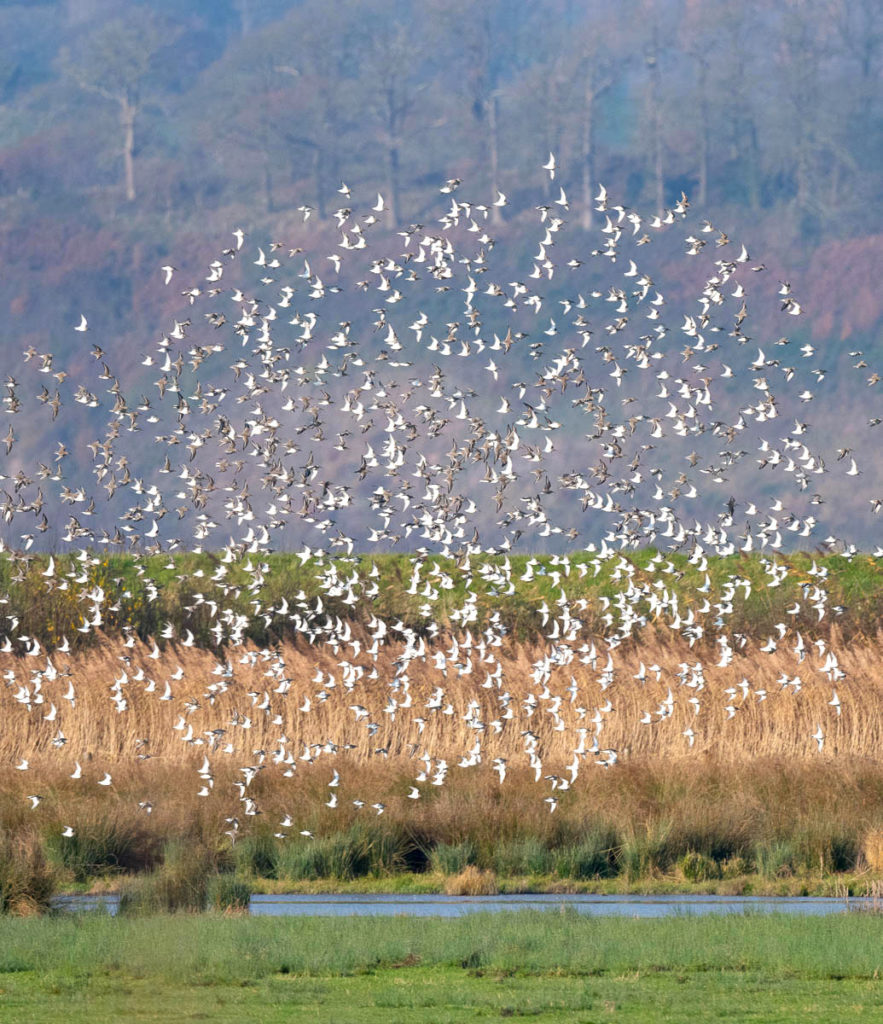
Glamorgan Bird Club
Saying at the Tudor Caravan Park in the VW means you are very much on the spot for early starts (it’s about 800 yards from the reserve) and being adjacent to the Tudor Arms allows for a pint and well priced meal in the long evenings.
The first day was spent with the Glamorgan Bird Club, I’ve been a member now for over a year and really enjoy the company and wealth of knowledge of those who have been running it for years. It provides a good balance for my birding as I like being on my own too and combining both a club meet and a chance to stay on independently is the best of both worlds.
It’s no surprise that this year has seen my year list (first time I’ve counted by the way and I’ve not gone out of my way to ‘chase’ rarities) reach beyond the coveted 200, (now standing at 225) as I’ve had the opportunity with the Club to visit various locations new to me and stay at a couple of bird observatories in Kent and Dorset. I’ve also joined in with a really fun four day ‘bird race’ in Norfolk at the beginning of the year, which gives huge momentum to any year list you may be contemplating.
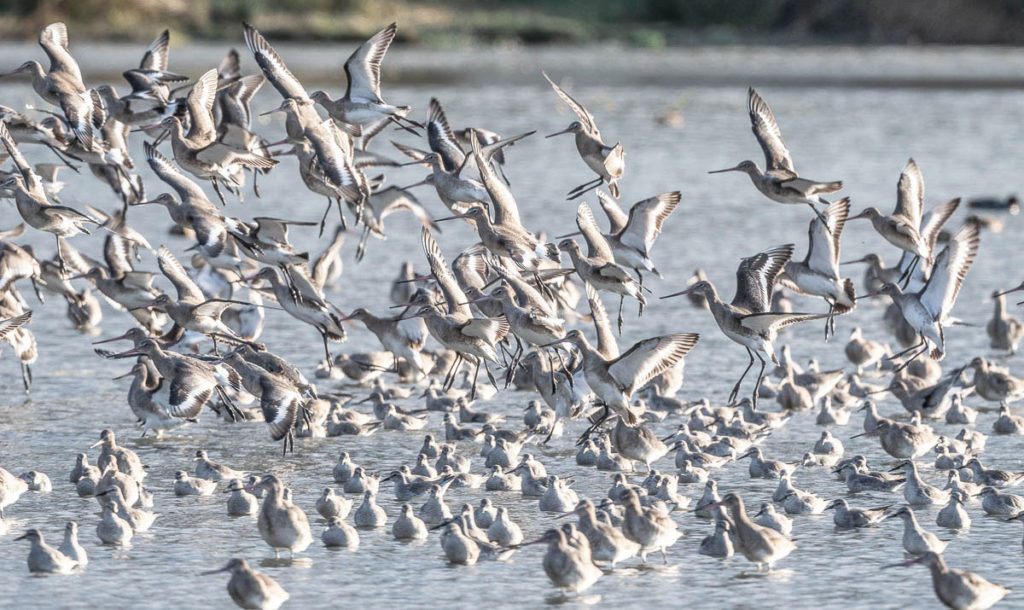
Slimbridge 2019
So to Slimbridge December 2019. I decided that after the first day of visiting most of the key hides with the club I would stay put in just one hide all day for the next couple of days. The plan was to get to the hide as early as possible and stay till sunset. I would choose two hides, one for each day and record everything that occurred during my stay and any thoughts I had during the stay. I would log times, species, numbers, weather and apart from comfort breaks stay put!
A couple of points first. WWT have restricting opening times which I always had a problem with. We all know the best birding times are early morning and towards the end of the day, both of these crucial times are not available to the general public, the reserves closing 4.30pm in winter (that’s just about OK in mid winter but not during the late Autumn and late winter months) and a ridiculous 5.30pm in the summer, losing at least four hours of the best birding times! Also a lot of what is put up on the sightings board and on line are observations from staff who have been in the hides first light.
Comfort breaks, wanting a pee basically! You can’t or I can’t go for seven hours without needing the loo. When to go is the problem. There’s never a good time and you know what’ll happen. This is particularly heightened when there’s the possibility of something like a bittern that you know is there out in the reeds and will probably show at some point (however briefly) during the day and of course there’s always someone ready to tell you what you’ve just missed.
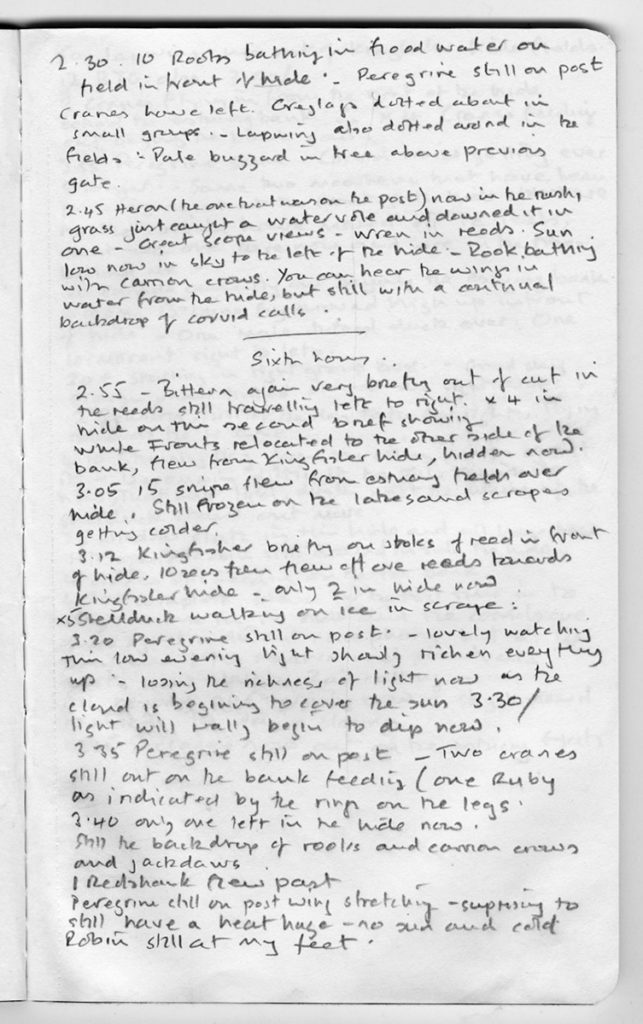
Ziess Hide
I chose the Ziess hide on the first day and the old Holden Tower, now the new Estuary Tower on the second day. The Bitterns, at least two possibly three, had been ‘showing well’ from the Ziess hide, always an odd one this ‘showing well’, what does it really mean? The whole 7 hours I was there on the Ziess hide day one bird made an appearance on three occasions. When it did it ‘showed well’, but on each occasion for less than a minute!
I have a love of geese, wild geese. Pink-feet, Barnacle, White-fonts, Bean, Canada and Grey-lag and any wandering rarities, so a trip here to catch up with the European White-fronts is always a winter must. The European White-fronted geese used to winter here in their thousands but now number in the low hundreds (149 last year, 2018). Britain is on the very western edge of their wintering grounds and climate change appears to be pushing that edge further north east each season.
On this occasion two juvenile Greenland White-fronts where in with the flock of 55 birds that I recorded which was welcome bonus, they were not difficult to separate with their conspicuous yellow bills, no black belly streaking and the fact they stayed together and were just about tolerated by their very close cousins.
The scrapes were frozen on the first full hide day and so wildfowl and waders were scarce, most having relocated to the estuary and unfrozen mud flats. The White-front group stayed out to the left of the hide (better views from the Kingfisher hide, which I had visited with the club the previous day) Out on the Dumbles a lone Peregrine sat up for hours occasionally moving posts and the majestic Cranes fed towards the estuary edge. Dunlin shot through fairly regularly, taking the light with them in numbers from 20 to 70. A Kingfisher made a late and brief appearance and a Cetti’s Warbler danced low in the reeds.
Immersing yourself in one hide and concentrating on all that’s around from light, temperature, birds and the sound both in and out of the hide is a full on phenomenological experience and the continuity of observations gives a structure and narrative to the day.

Estuary Tower
The second day I spent in the new and impressive Estuary Tower, giving 270 degree views out over the Tack Piece, Dumbles and New Piece grounds. To really get the most from here a scope is needed. I was able to be in the hide by 8.30 and watch the day unfold. The White-fronts relocated during the day from the New Piece to the back of the Tack Piece to join the 60 or so Bewick Swans that had left their roosting grounds on the Rushy after their morning feed. Again a lone peregrine patrolled the estuary edge staying for long periods on the same post or a log, preening and wing stretching. Eight Pink-footed geese grazed for most of the day far out towards estuary a welcome and unusual sight down here.
Dunlin and Lapwing in good numbers were on the floods towards the middle of the Tack Piece and smaller numbers of Golden Plover and a scattering of Ruff were in with them. (accurate numbers are recorded in my notes) Four Cranes graced the scene here as they moved freely between the Canada Geese. Hundreds of Wigeon and Teal were joined with Spinning Shovelers (early courtship here) and the very smart male and subtely patterned Pintail. The odd Pochard and Gadwell along with the ubiquitous Mallard completed the set.
Out on the Dumbles, the nationally ranging feral Barnacle Geese numbering a couple of hundred were joined by two Bar-headed geese hybrids and a near pure one too. Canada’s and Grey-lag geese were the most mobile geese during my time in the hide.
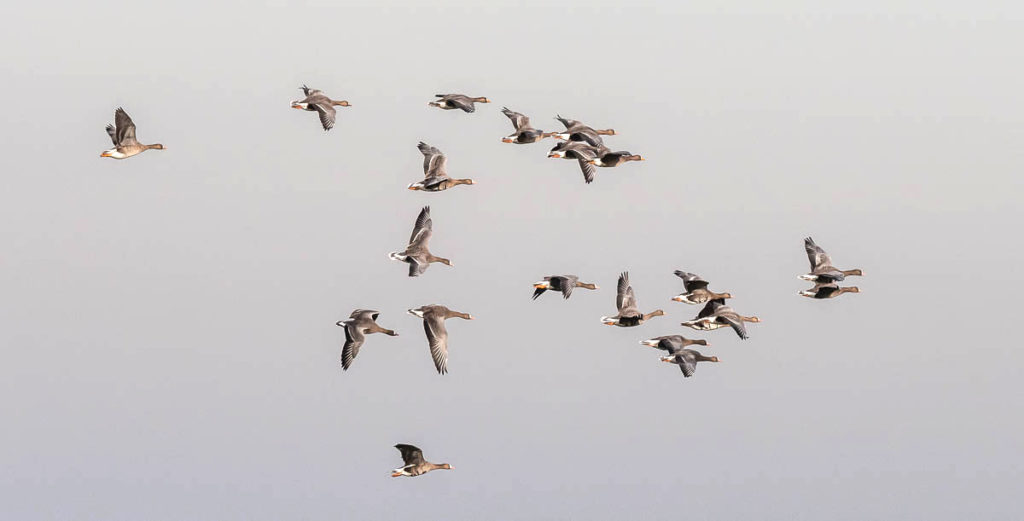
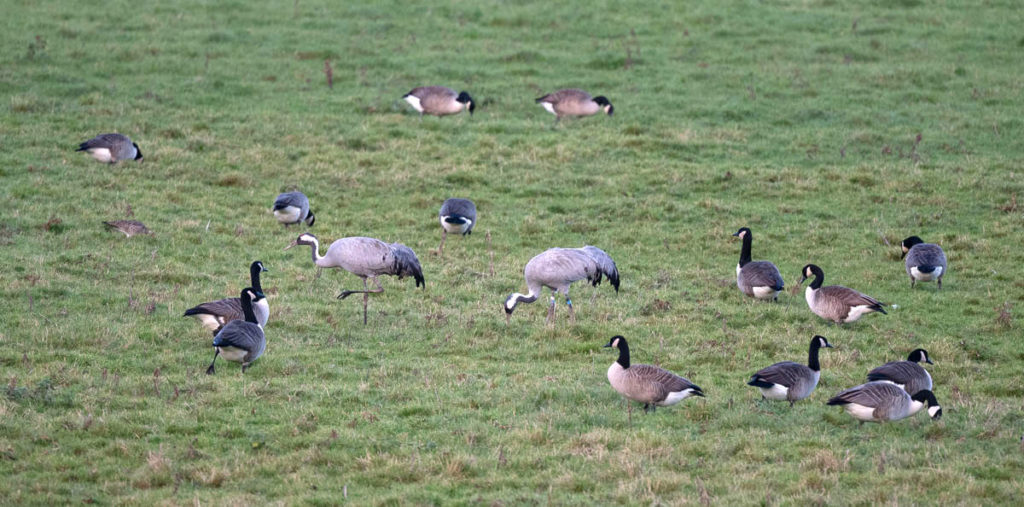
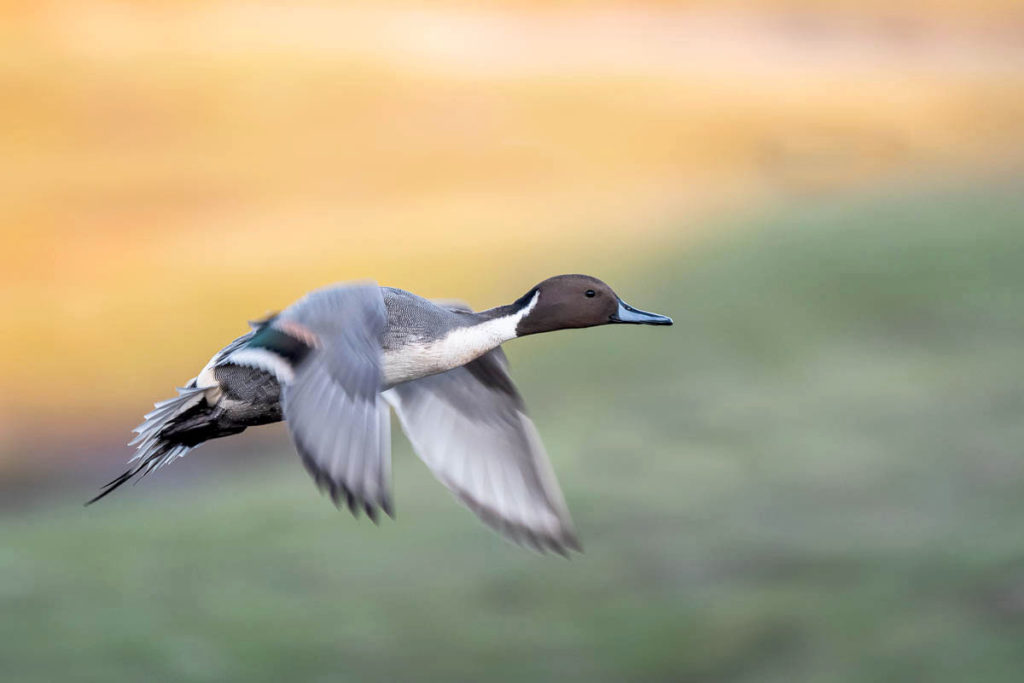
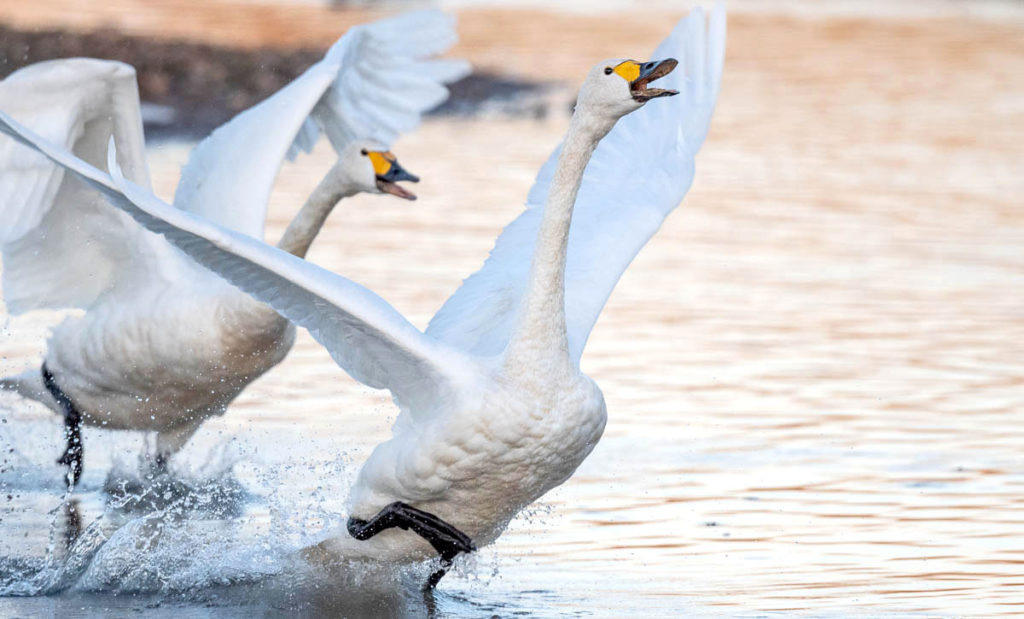
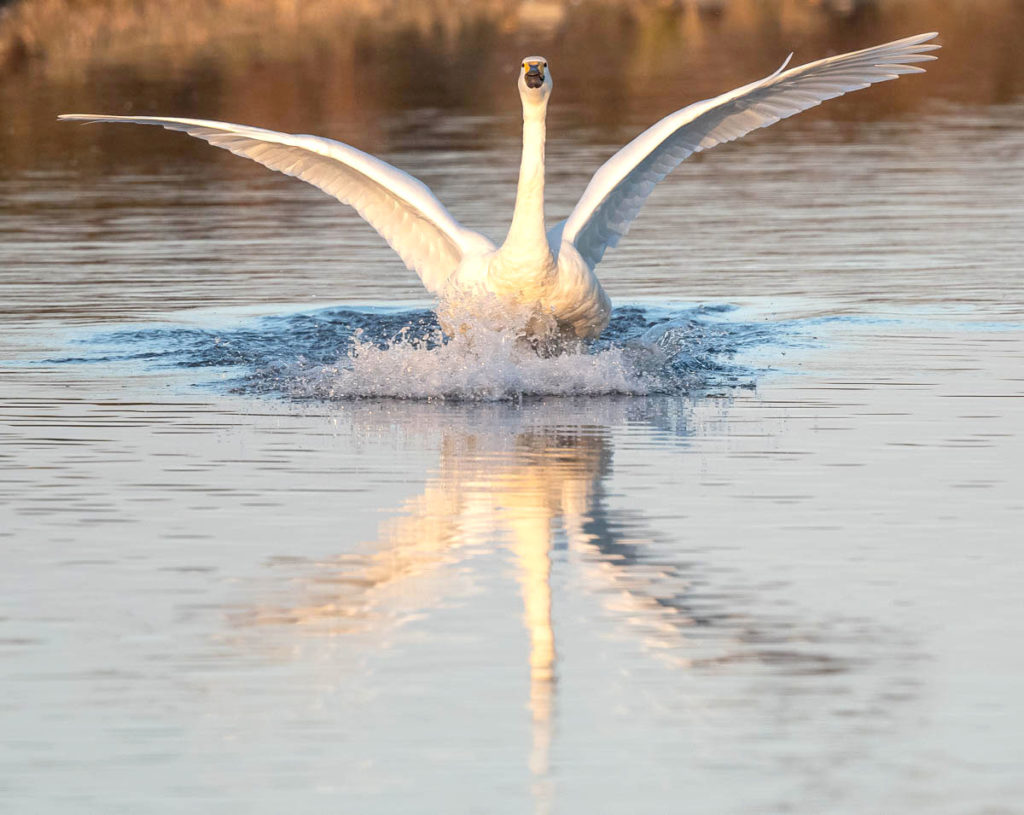
Fourth day
Over all the four days a highlight occurred when the sun had gone down. There is a hugely impressive visual and vocal finale at the end of each day with a Jackdaw roost at the Tack Piece end of the reserve and a Rook roost near the Zeiss hide at the other end of the grounds.
I didn’t do any filming (moving image) on this occasion but will get back in the new year to record both the sound and sights of this phenomenal show.
My fourth day was spent with my foot off the peddle, an hour here and there, visiting some of the other hides and checking out the books in the shop (an important part of any trip!) The South hide had around 250 Black-tailed Godwit (the first day when I visited it with the club good numbers of Knot were in with them) and the Willow hide might as well be called the Water Rail hide as on all my visits over the four days I never failed to see it and always ‘Showed well’!!
It’s a great place to see some fine birds, but you have to take the fact that you will not have it to yourself and why should you of course. Having said this, hide etiquette seems to be lacking most of the time. I’d liken bird-watching in such places as akin to going to a classical concert when you try desperately to suppress a cough and simply don’t talk during the performance. However long you decide to stay in a hide, twenty minutes, two hours or all day, you should look at it as a performance developing with a narrative. It’s about all aspects of what makes up an experience. Wild birds in protected but wild places. Respect it and those around you and you’ll gain so much more from it.
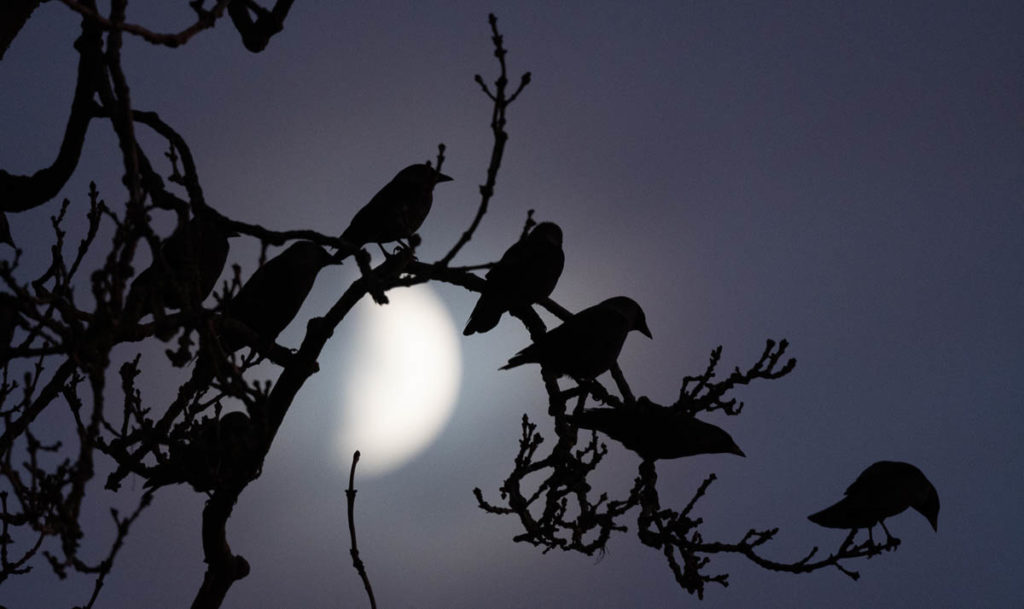
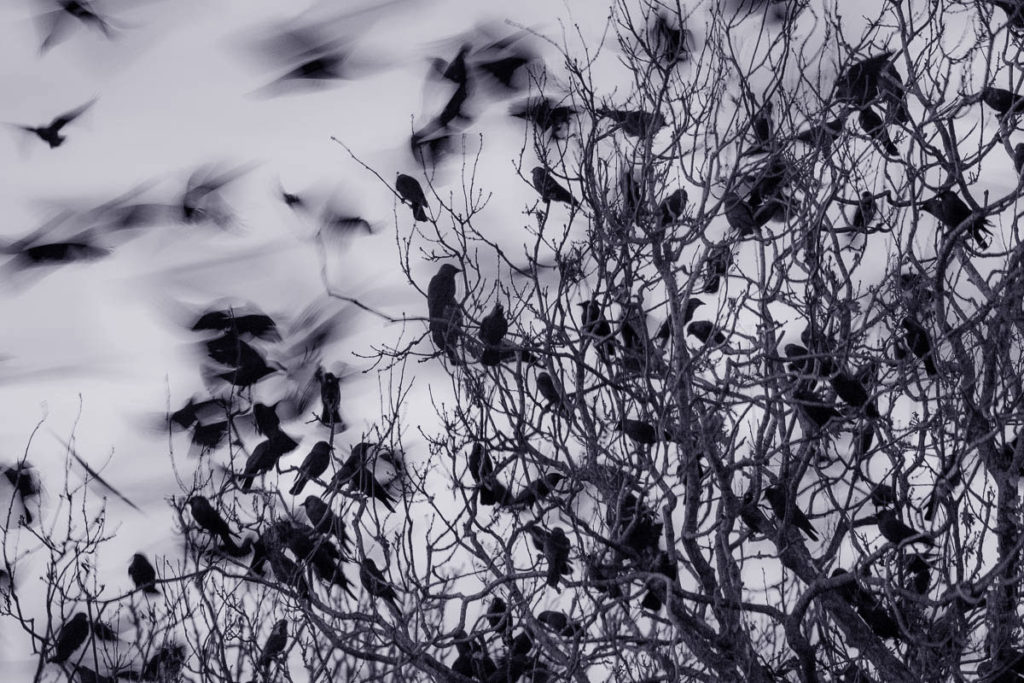
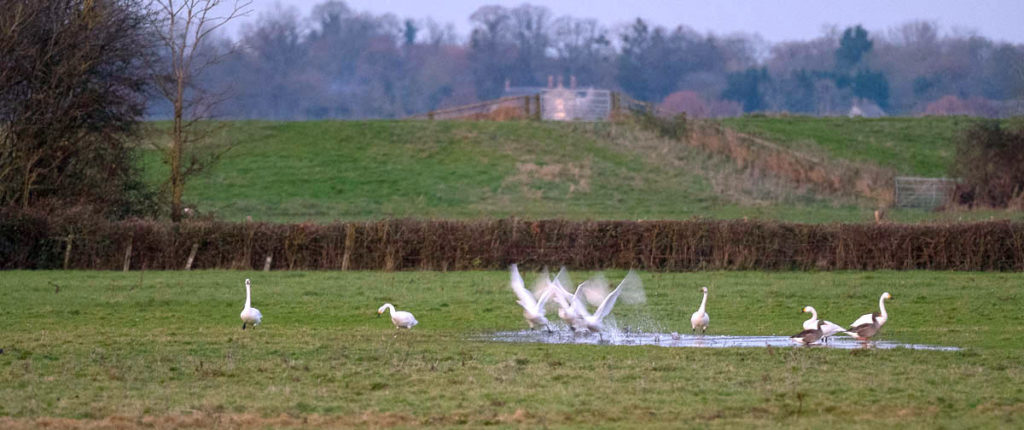
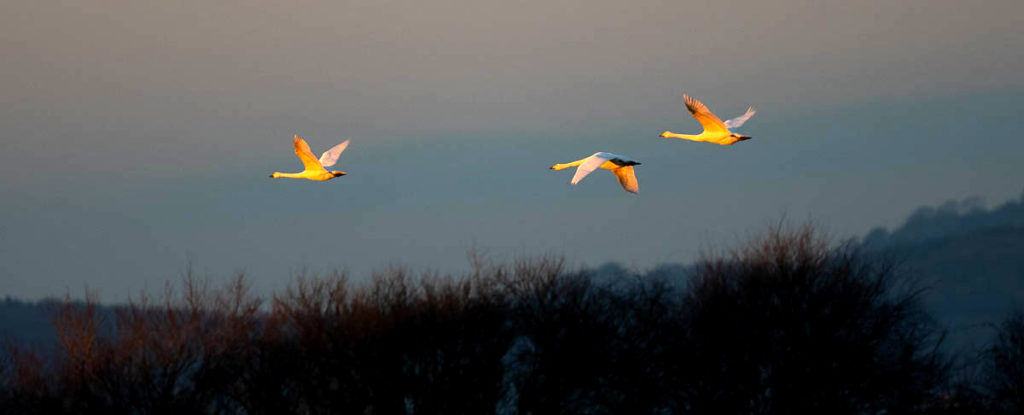
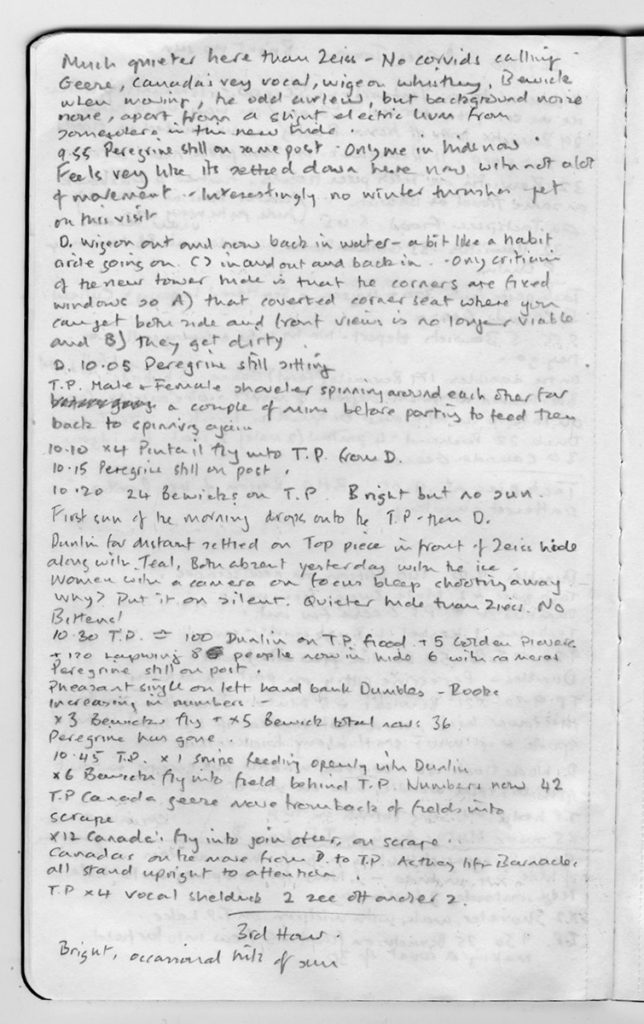

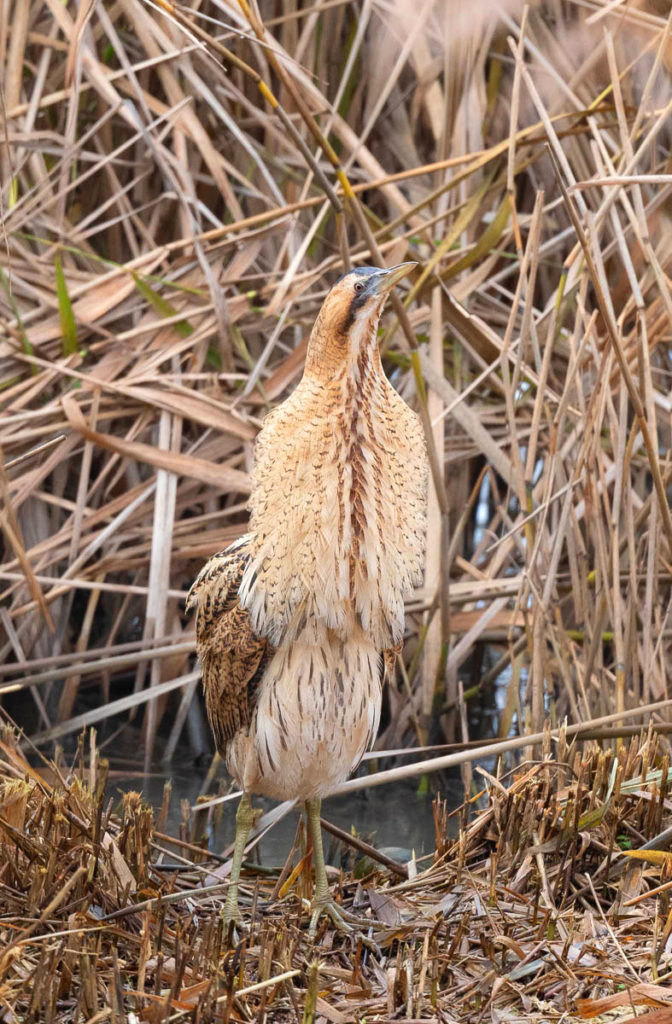






No comment yet, add your voice below!